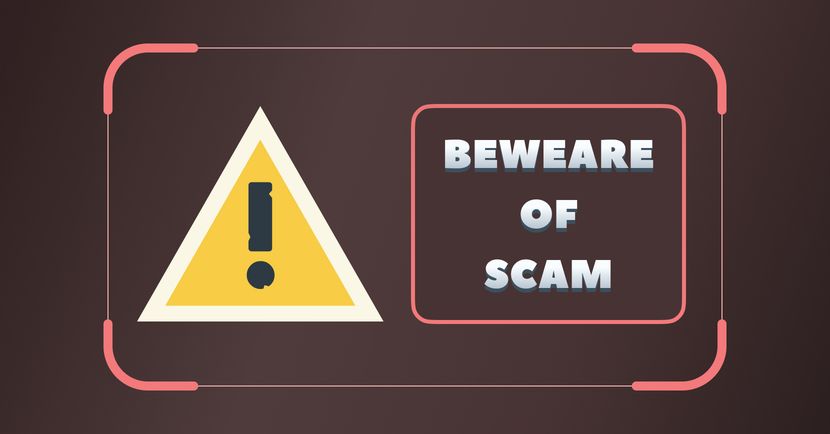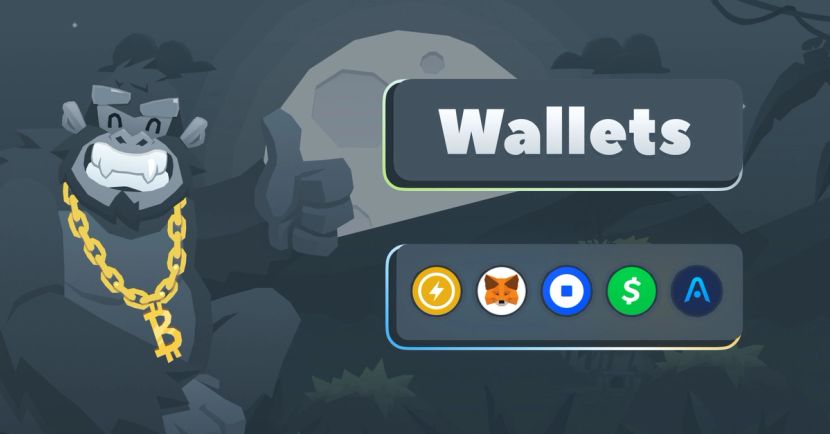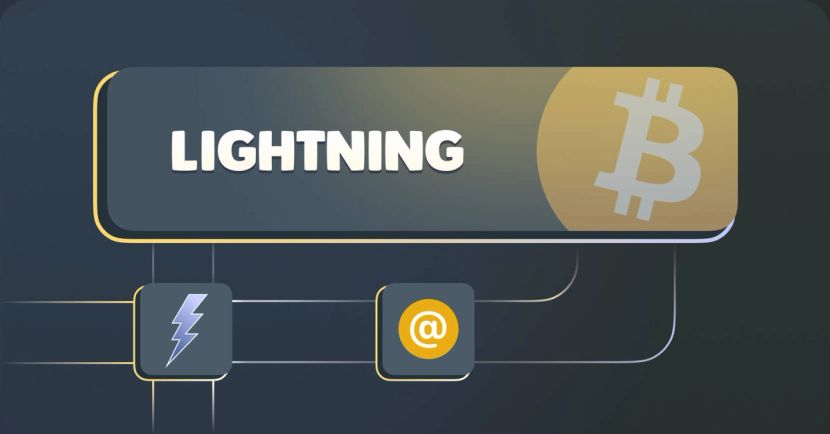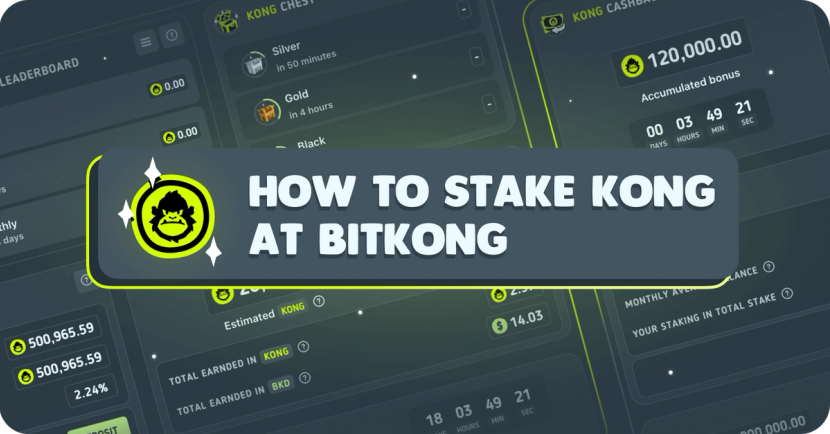Why is Lightning Network Bitcoin’s Only Logical Next Step
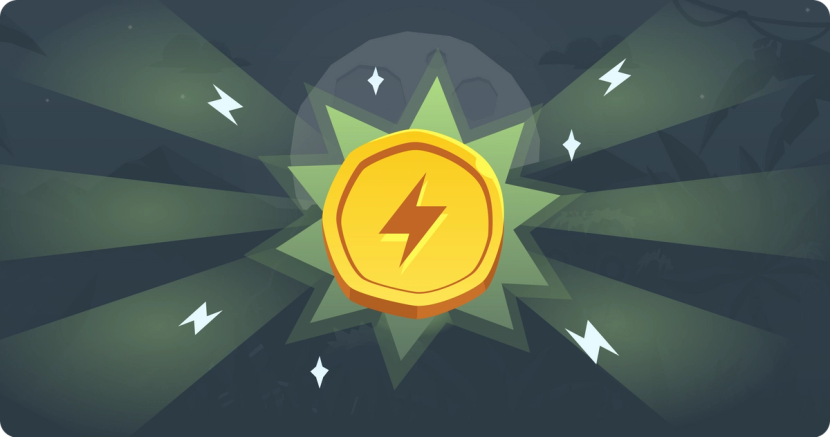

Introduction to Bitcoin Lightning Network
By now, we all know about Bitcoin, don’t we? The crypto veteran diva responsible for introducing the world to a new era of bankless, digital transactions while generating endless trending topics on Twitter. Well, Bitcoin, as wonderful as it is, has its limitations when it comes to small, day-to-day transactions. At least one of these limitations was evident to Bitcoin’s creator, Satoshi Nakamoto, from the get-go: Bitcoin’s blockchain has scalability issues.
You see, Bitcoin transactions have to be confirmed on the blockchain, which has limited block space to store information and can process only seven transactions per second. As Bitcoin’s use grew, the blockchain got congested, slowing the confirmations of transactions and increasing the associated fees. The introduction of Bitcoin’s Lightning Network aimed to reduce the weight on the blockchain, making transactions cheaper and almost instantaneous in response to the greater operational demand.
The heavy load on blockchain begged for a different method that would alleviate the congestion on the main net and create a better flow in bitcoin transactions. Lightning Network proposes an off-chain approach, in which users set up payment channels that only need to go on-chain when they are open or to record the closing deposit. This way, users only need to pay transaction fees when opening or closing the channel, the only two transactions registered on bitcoin’s blockchain. While the channel is open, the users can conduct unlimited payments, no matter how small, without paying any fees.
Which benefits does Lightning Network offer?
Well, isn’t it enough that it solves Bitcoin’s scalability problems? As we mentioned before, Bitcoin’s Lightning Network works as a second layer protocol for Bitcoin’s payment system that functions mostly off-blockchain, using as little as possible of Bitcoin’s meager block space. This solves the scalability issue so proper of Bitcoin’s main net and makes Lightning Network incredibly expandable.
Being a custodian-free protocol, Lightning Network gives the users the possibility to conduct high-volume micropayments paying minimum or no fees at all. This makes Lightning payments perfect for daily transactions. For instance, you could buy mints for $0.50 with Bitcoin, using the Lightning network, without paying more in fees than in the actual mints.
We know that Lightning payments are carried out through two-way channels, where either side holds a certain amount of the funds locked up in a channel. Sending payments outside of a channel requires a routing transaction. Routing fees are only paid when you use another user as a routing node to pay a third party. Say you need to pay Janet 0.01 BTC but you don’t have an active Lightning channel open with her but so does your friend Alan. Well you can transfer the 0.01 to him, plus a few extra satoshis so that he can pay 0.01 BTC to Janet on your behalf.
Micropayments may be practical and useful for the average Joe, but let’s imagine for a second the potential Lightning Network has for people in countries struggling with economic instability issues such as inflation. Your earnings wouldn’t lose value because you would be conducting all your business transactions instantly in Bitcoin without paying fees to a bank or relying on your government’s fiat currency.
This leads us to another fantastic door opened by Lightning, digital transactions for unbanked people. Opening the possibility to conduct agile Bitcoin micropayments like this creates a variety of opportunities for the unbanked world population. People can start small entrepreneur ventures with minimum to no expense, expand them to every size and even invest in Bitcoin without opening a bank account.
What is a Lightning Network Wallet?
A Lightning wallet allows you to interact with the Lightning Network. Basically, Lightning wallets are regular Bitcoin wallets that can open a Lightning payment channel on the first layer of Bitcoin’s network. With Lightning wallets, you can keep track of your BTC balance, which is usually held in one or more bitcoin addresses, and your transaction history. You can also control the access to your money, manage keys and addresses, track your balance, and create and sign transactions.
What about Lightning Service Providers?
Lightning Service Providers not only connect you to the network by creating payment channels, but they also help with one of the most significant issues that Lightning presents by leasing liquidity to the user. With LSP, users don’t need to fund their payment channels to start receiving money since the service has enough liquidity to vouch for the payment beforehand.
What does Lightning Network need to grow?
First and foremost, inbound Liquidity. The network needs nodes and funded channels to move money around fluidly. The thing about liquidity is that it can only be generated if users embrace Lightning Network and are willing to use it as their preferred exchange medium. Faith in Lightning ignites inbound liquidity over time, making it more efficient.
Since the creation of Lightning Network, there have been developments towards solving the issue with liquidity, like the introduction of LSP and Lightning Pool. Node operators that need inbound liquidity to use the network can pay others to open channels for them, in exchange for some interests in Bitcoin, during an agreed time period.
The Bitcoin casino panorama
The opportunity to make quick small deposits with practically no fees certainly made gaming easier for Bitcoin casinos’ enthusiasts. So players who like gambling in Bitcoin but would like to have the opportunity to make smaller wagers can try BitKong. Our users have the possibility of making fast Bitcoin deposits with Lightning Network, going for main net Bitcoin transactions or they can choose between several other cryptocurrencies like Dogecoin, Litecoin, Ethereum, Dash or Ripple.
Now that you know a little bit more about Bitcoin’s Lightning Network, BitKong could be the perfect opportunity scenario to dive into Lightning Network payments and have a little fun in the process.
BitKong offers the possibility to make instant deposits through Lightning Network.


